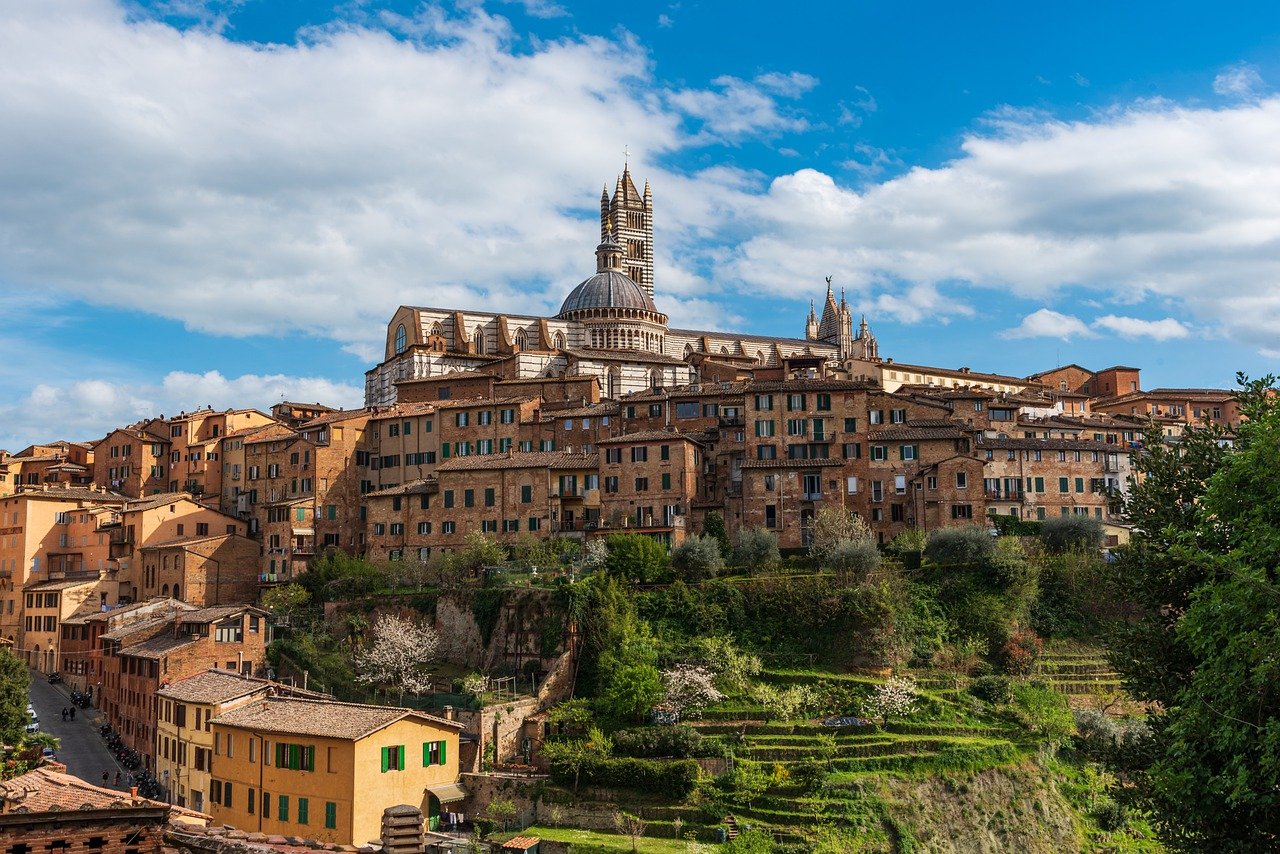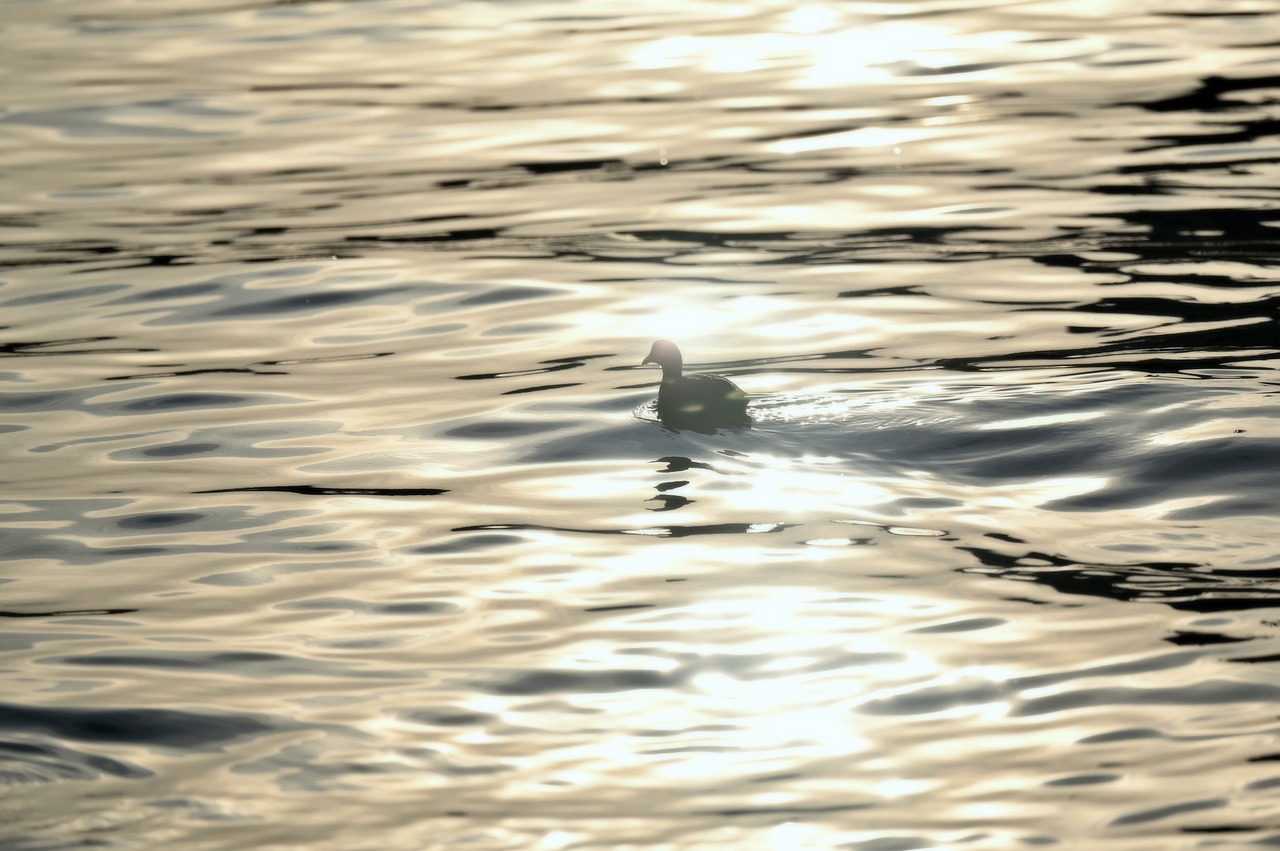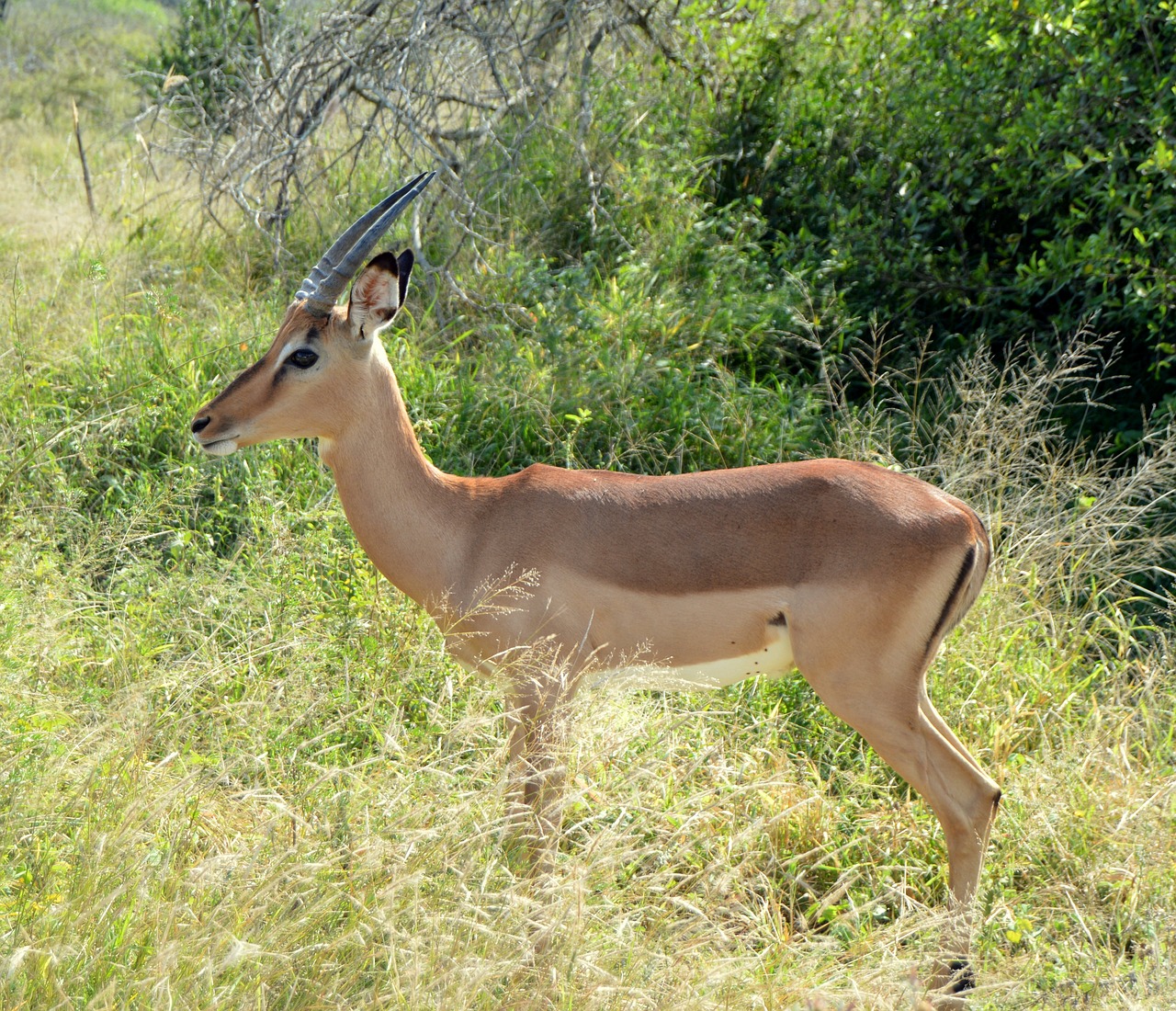10 Ways to Support Local Wildlife
Local wildlife plays a crucial role in maintaining the balance of our ecosystem. By taking simple yet impactful actions, you can contribute to the well-being of the wildlife in your community. One effective way to support local wildlife is by planting native species in your garden. These plants not only enhance biodiversity but also provide essential food and shelter for animals. Imagine your garden as a bustling hub for pollinators, birds, and other wildlife, creating a harmonious environment for all.
Another way to help local wildlife thrive is by reducing the use of pesticides in your garden. By opting for natural pest control methods, you can protect animals from harmful chemicals and create a safer habitat for them. Think of it as creating a haven where wildlife can roam freely without the threat of toxic substances.
If you want to specifically support bird populations, consider installing bird feeders and nesting boxes in your yard. These structures offer vital resources for birds, especially during challenging seasons like winter. Picture your yard as a sanctuary where birds can find nourishment and refuge, contributing to the vibrancy of your local avian community.
Participating in community clean-up events is another impactful way to support local wildlife. By removing litter and pollution from natural habitats, you are creating a cleaner and safer environment for wildlife to thrive. Picture a pristine landscape where animals can roam without the dangers posed by human waste.
To minimize the impact of light pollution on nocturnal animals, consider using motion-sensor lights and closing curtains at night. This simple step can help preserve the natural behaviors of wildlife and reduce disruptions caused by artificial light. Imagine a night sky free from excessive light, allowing wildlife to navigate and thrive undisturbed.
Supporting local conservation organizations is also crucial in safeguarding wildlife. By donating or volunteering for these organizations, you contribute to the protection of natural habitats and the well-being of local wildlife. Picture yourself as a guardian of the wilderness, standing alongside dedicated conservationists in the fight to preserve our precious ecosystems.
Transforming your outdoor space into a wildlife-friendly habitat is another way to support local wildlife. By incorporating features like water sources, shelter, and natural vegetation, you can attract a diverse array of animals to your yard. Imagine your outdoor space as a mini wildlife sanctuary, teeming with life and vitality.
Educating others about wildlife conservation is essential in spreading awareness and inspiring action. By sharing information with friends, family, and community members, you can ignite a passion for wildlife preservation in others. Picture a ripple effect of knowledge spreading through your community, leading to a collective effort to protect and support local wildlife.

Plant Native Species in Your Garden
Planting native species in your garden is a simple yet powerful way to support local wildlife. By choosing plants that are indigenous to your region, you can create a thriving ecosystem that benefits a variety of animals. Native plants have evolved alongside local wildlife, providing essential food sources and habitats. They also require less maintenance and water, making them a sustainable choice for your garden.
When you plant native species, you are essentially creating a buffet for local pollinators like bees and butterflies. These important insects play a crucial role in pollinating plants, ensuring the production of fruits and seeds. By attracting pollinators to your garden, you are not only helping these species thrive but also promoting the overall health of your garden ecosystem.
Furthermore, native plants can serve as natural habitats for birds, offering shelter and nesting sites. By including a variety of native trees, shrubs, and flowers in your garden, you can create a welcoming environment for local bird populations. Additionally, native plants are often more resilient to local pests and diseases, reducing the need for chemical interventions that can harm wildlife.
Consider creating a diverse landscape in your garden by incorporating different layers of vegetation, such as ground covers, shrubs, and trees. This diversity mimics natural habitats and provides a range of resources for wildlife. For example, planting a mix of flowering plants can attract a variety of pollinators, while adding trees can offer nesting sites for birds.

Reduce the Use of Pesticides
Discover simple yet impactful ways to help protect and preserve the wildlife in your community. By taking action, you can make a difference in the lives of local animals and contribute to the health of the ecosystem.
When it comes to supporting local wildlife, one crucial step is to in your garden. Pesticides can have harmful effects on not only pests but also beneficial insects, birds, and other wildlife. By opting for natural pest control methods, such as introducing predator insects or using organic solutions like neem oil, you can create a safer environment for all creatures in your backyard.
Additionally, consider planting companion plants that naturally repel pests, reducing the need for chemical pesticides. For instance, marigolds can deter aphids, while basil can keep mosquitoes at bay. These natural alternatives not only protect your plants but also support a healthier ecosystem by preserving the balance of predator-prey relationships.
Furthermore, encouraging biodiversity in your garden can help naturally control pest populations. By creating a diverse habitat with a variety of plants, you attract beneficial insects like ladybugs and lacewings that feed on pests. This natural pest management approach not only reduces the reliance on pesticides but also fosters a more resilient and sustainable ecosystem.
Remember, every small step towards reducing pesticide use can have a significant impact on the well-being of local wildlife. By prioritizing the health of your garden ecosystem and choosing environmentally friendly pest control methods, you contribute to a more harmonious coexistence with nature.
Have questions about supporting local wildlife and conservation efforts? Here are some common queries answered:
- How can I attract more pollinators to my garden?
- What are some ways to create a wildlife-friendly backyard?
- How can I get involved in local conservation efforts?
To attract pollinators like bees and butterflies, consider planting a variety of native flowers that provide nectar and pollen. Avoid using pesticides and provide water sources for these essential pollinators.
You can create a wildlife-friendly habitat by incorporating features like bird feeders, bird baths, native plants, and shelter such as brush piles or rock piles. Providing food, water, and shelter will attract a diverse range of wildlife to your yard.
You can support local conservation organizations by volunteering your time, participating in clean-up events, donating to wildlife causes, and spreading awareness about the importance of conservation in your community.

Install Bird Feeders and Nesting Boxes
Discover simple yet impactful ways to help protect and preserve the wildlife in your community. By taking action, you can make a difference in the lives of local animals and contribute to the health of the ecosystem.
Creating a welcoming space for our feathered friends can bring joy and life to your surroundings. By installing bird feeders and nesting boxes in your yard, you are offering essential resources for birds, especially during challenging seasons like winter. Imagine waking up to the delightful chirping of birds enjoying the food and shelter you have provided. It's like having your personal aviary right outside your window!

Participate in Community Clean-Up Events
Participating in community clean-up events is a fantastic way to show your support for local wildlife and the environment. These events bring together like-minded individuals who are passionate about preserving natural habitats and protecting wildlife. By joining forces with others in your community, you can make a tangible impact on the cleanliness and health of local ecosystems.
During clean-up events, volunteers work together to remove litter, debris, and pollution from parks, rivers, beaches, and other natural areas. By clearing these spaces of harmful waste, you create a safer environment for wildlife to thrive. Animals can become entangled in trash or ingest harmful materials, leading to serious health issues or even death. Your efforts in cleaning up these spaces can help prevent these tragic outcomes and ensure a healthier ecosystem for all inhabitants.
Aside from the direct benefits to wildlife, participating in clean-up events also fosters a sense of community spirit and environmental stewardship. Working alongside others who share your passion for conservation can be a rewarding and fulfilling experience. You can exchange knowledge, learn from experts, and build lasting connections with individuals who are dedicated to making a positive impact on the environment.
Moreover, community clean-up events serve as educational opportunities for both adults and children. They raise awareness about the importance of environmental conservation, waste management, and the impact of human activities on wildlife. By actively engaging in these events, you can inspire others to take action and adopt more sustainable practices in their daily lives.

Reduce Light Pollution
Light pollution can have a significant impact on wildlife behavior and ecosystems. Excessive artificial light at night can disrupt the natural rhythms of nocturnal animals, affecting their feeding, mating, and migration patterns. By taking simple steps to reduce light pollution in your area, you can create a more wildlife-friendly environment.
One effective way to reduce light pollution is by using motion-sensor lights that only activate when needed, minimizing unnecessary light exposure. Additionally, closing curtains or blinds at night can help prevent light from spilling out into the environment, especially in urban areas where light pollution is more prevalent.
For areas with streetlights or outdoor fixtures, consider using shields or covers to direct light downward and reduce the glare that can disorient wildlife. By focusing the light where it is needed and avoiding light spillage into the sky or surrounding habitats, you can help protect the natural behaviors of animals that rely on darkness for survival.
Another strategy to combat light pollution is to advocate for responsible outdoor lighting practices in your community. By raising awareness about the negative effects of excessive artificial light on wildlife and ecosystems, you can encourage others to make conscious choices in their lighting design and usage. Collaborating with local authorities and organizations to implement light pollution regulations and guidelines can also contribute to creating a more sustainable and wildlife-friendly environment.

Support Local Conservation Organizations
Support Local Conservation Organizations is a crucial way to contribute to the protection of wildlife in your community. By engaging with local conservation groups, you can actively participate in efforts to preserve natural habitats and advocate for the well-being of local wildlife. These organizations play a vital role in raising awareness, conducting research, and implementing conservation projects that benefit the ecosystem as a whole.

Create a Wildlife-Friendly Habitat
Discover simple yet impactful ways to help protect and preserve the wildlife in your community. By taking action, you can make a difference in the lives of local animals and contribute to the health of the ecosystem.
Creating a wildlife-friendly habitat in your outdoor space is like rolling out a red carpet for local animals. Imagine your garden as a bustling wildlife hotel, offering premium services to its guests. By incorporating features like water sources, such as birdbaths or small ponds, you provide essential hydration for birds and other creatures. Adding natural vegetation like bushes, trees, and wildflowers creates hiding spots and nesting areas, making your garden a sought-after destination for wildlife.
Furthermore, consider including shelter options like birdhouses, bat boxes, or insect hotels. These structures offer safe havens for various species, giving them a place to rest, raise their young, and seek refuge from predators. By designing your outdoor space with wildlife in mind, you create a harmonious environment where animals can thrive, find food, and feel at home.

Educate Others About Wildlife Conservation
Discover simple yet impactful ways to help protect and preserve the wildlife in your community. By taking action, you can make a difference in the lives of local animals and contribute to the health of the ecosystem.
Boost biodiversity and provide food and shelter for local wildlife by planting native plants in your garden. This simple action can attract pollinators, birds, and other beneficial animals to your yard.
Protect wildlife from harmful chemicals by reducing or eliminating the use of pesticides in your garden. Opt for natural pest control methods to create a safer environment for animals.
Support local bird populations by installing bird feeders and nesting boxes in your yard. These structures provide essential resources for birds, especially during challenging seasons like winter.
Join local clean-up events to remove litter and pollution from natural habitats. By keeping the environment clean, you can create a safer and healthier space for wildlife to thrive.
Minimize light pollution in your area by using motion-sensor lights and closing curtains at night. This simple step can benefit nocturnal animals and reduce the disruption of natural behaviors caused by artificial light.
Contribute to the protection of wildlife by supporting local conservation organizations through donations or volunteering. These groups work to preserve natural habitats and advocate for the well-being of local wildlife.
Transform your outdoor space into a wildlife-friendly habitat by incorporating features like water sources, shelter, and natural vegetation. This habitat can attract a variety of animals and provide a safe environment for them to thrive.
When it comes to wildlife conservation, spreading awareness is key. Educate others about the importance of protecting local wildlife by sharing information and engaging in conversations. By raising awareness, you can inspire more people to take action and make a positive impact on the ecosystem.
Frequently Asked Questions
- How can I attract more wildlife to my garden?
To attract more wildlife to your garden, consider planting native species, providing food sources like bird feeders, and creating a wildlife-friendly habitat with water sources and shelter.
- Why is reducing light pollution important for wildlife?
Reducing light pollution is crucial for wildlife, especially nocturnal animals, as it helps maintain their natural behaviors and reduces the negative impacts of artificial light on their habitats.
- What are some natural pest control methods I can use in my garden?
You can use methods like companion planting, introducing beneficial insects, and using organic pesticides to control pests in your garden without harming wildlife.
- How can I support local conservation organizations?
You can support local conservation organizations by donating funds, volunteering your time, participating in their events, and spreading awareness about their work in the community.
- What are the benefits of participating in community clean-up events?
Participating in community clean-up events helps remove litter and pollution from natural habitats, creating a safer and healthier environment for wildlife to thrive and reducing the risk of harm from human activities.



















